In this Working Paper, Kathy Win discuses the role of CSOs, faith-based groups and ethnic armed organisations in harm reduction programmes in Northern Shan State.

Precarious lives, precarious treatments: Making drug treatment work in Northern Myanmar
This article explores how drug dependency treatment is made to work in efforts to sustain everyday livelihoods.
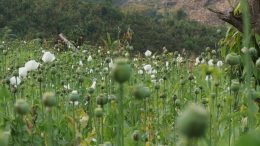
Non-medical pathways away from harmful drug use in Kachin state, Myanmar
This paper discusses intersectional approaches to understanding pathways out of harmful drug use in Kachin state, Myanmar, through telling the life story of a well-known advocate for better treatment of drug users.

Voices from the borderlands 2022
Our flagship report, based on a collection of life stories that offer insights into how illicit drugs, violence and conflict, poverty and development, and insecurity and resilience are entangled in the everyday lives of people in the borderlands.
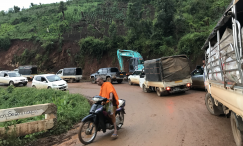
Spatial borderland biography: Myanmar
Spatial data on Myanmar borderlands, including administrative boundaries, transport and road networks, agriculture and hydrology, available via UK Data Service.

Myanmar datasets
Four datasets of interviews, media resources and life histories illicit drugs and youth in Myanmar, available via the UK Data Service.
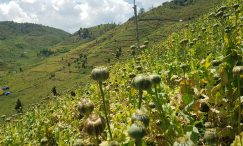
Brokered rule: Militias, drugs and borderland governance in the Myanmar-China borderlands
This Journal of Contemporary Asia article discusses how the illegal drug trade has become integral to systems of brokered rule in northern Shan State, Myanmar.
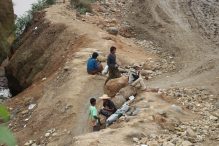
Critique of everyday narco-capitalism
This Third World Quarterly article discusses how capitalism alters life at the nexus of drug production, trade and consumption in the borderlands of Afghanistan, Colombia and Myanmar.
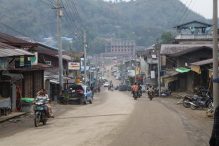
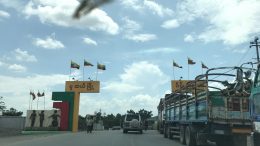
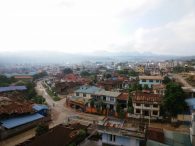

Archiving and sharing data from the Drugs and (dis)order research project
In this presentation, Veerle Van den Eynden, Data Manager outlines how data from the research is being archived and shared.

Nang Nang and Sai Sai: Drugs and their impact on young people in Myanmar’s borderlands
This comic tells the story of Nang Nang and Sai Sai, illustrating the proliferation of drugs and their impact on young people in Shan State, Myanmar

Naw Hkam’s Story: Youth and Drugs in the Borderlands of Kachin State, Myanmar
This comic tells the story of Naw Kam, a young man who describes the impact on his life of sustained drug use

Militias at the margins: implications for post-war stabilisation
Militias are often long-term political actors of post-war frontier areas. central to how states and markets function. What does this imply those making and implementing security policies?
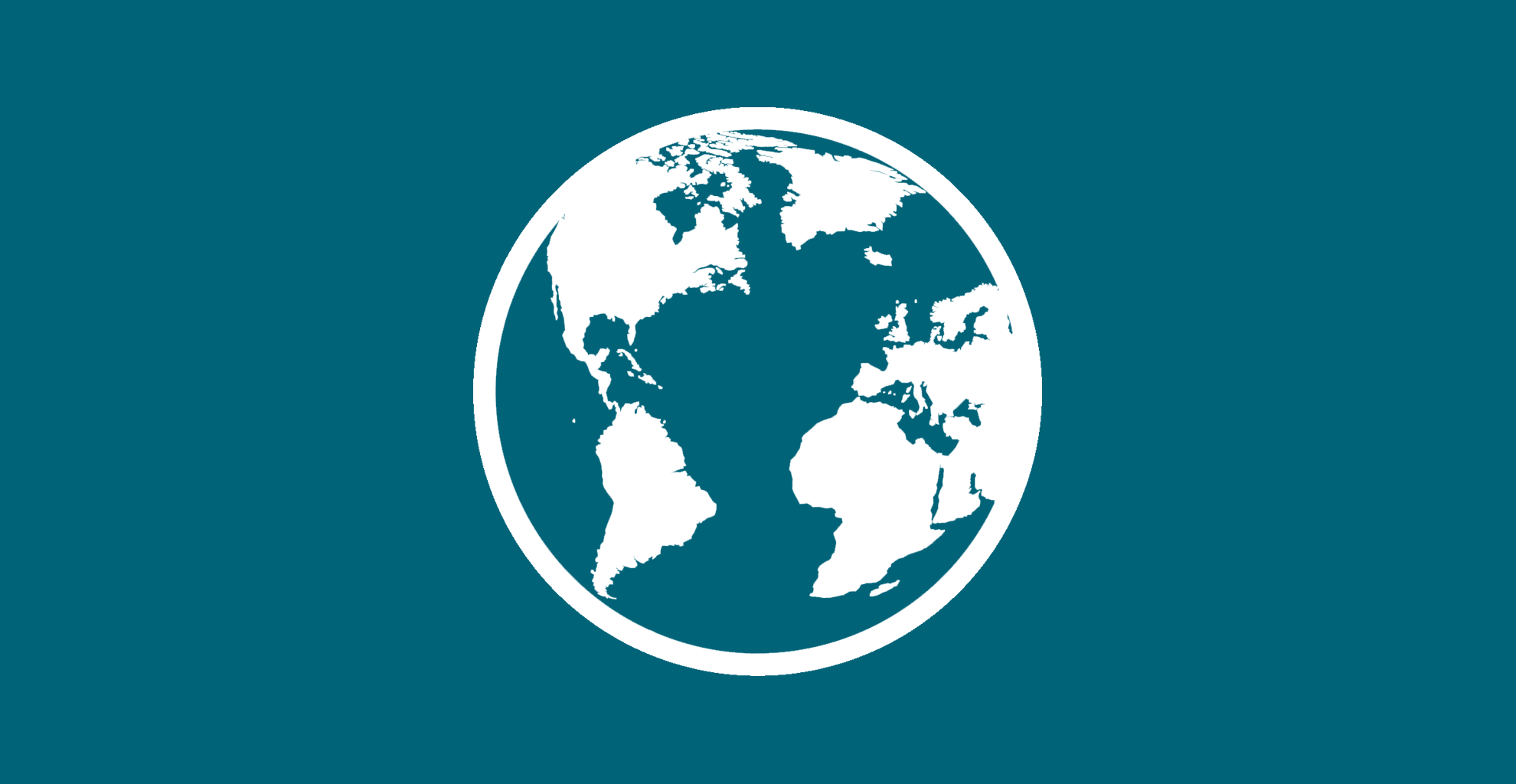
Drugs & (dis)order Policy Lab: An experiment in sustained critical engagement between researchers and policymakers
This working paper shares reflections from an ongoing conversation between researchers and policy stakeholders on drugs, development and peacebuilding policy.

Drugs, development and peace processes in Myanmar
Podcast: Drugs & (dis)order researchers explore how illicit drugs have been approached within peace process in Myanmar.

Ethnicity and great power politics: A case of transnational ethnic Kachin of Myanmar and Singpho of Northeast India
Published in Communities, Institutions and Histories of India’s Northeast. By Dan Seng Lawn. At the outset it will be proper to trace the etymological development of the names, Kachin and …

“Ploughing the land five times”: Opium and agrarian change in the ceasefire landscapes of south-western Shan State, Myanmar
This Journal of Agrarian Change article explores the relationship between the illicit opium economy and processes of agrarian change in south-western Shan state, Myanmar.

Development zones in conflict-affected borderlands: The case of Muse, Northern Shan State, Myanmar
How are development zones ‘made’ in conflict-affected borderlands? What forms of territorialisation underpin the making of development zones in these contested spaces? What forms of public authority emerge to govern borderland development zones and whose interests do they serve? And how do long-standing histories of illicit border trade, fragmented sovereignty, and unresolved armed conflicts shape governance structures and everyday life in these development zones?

